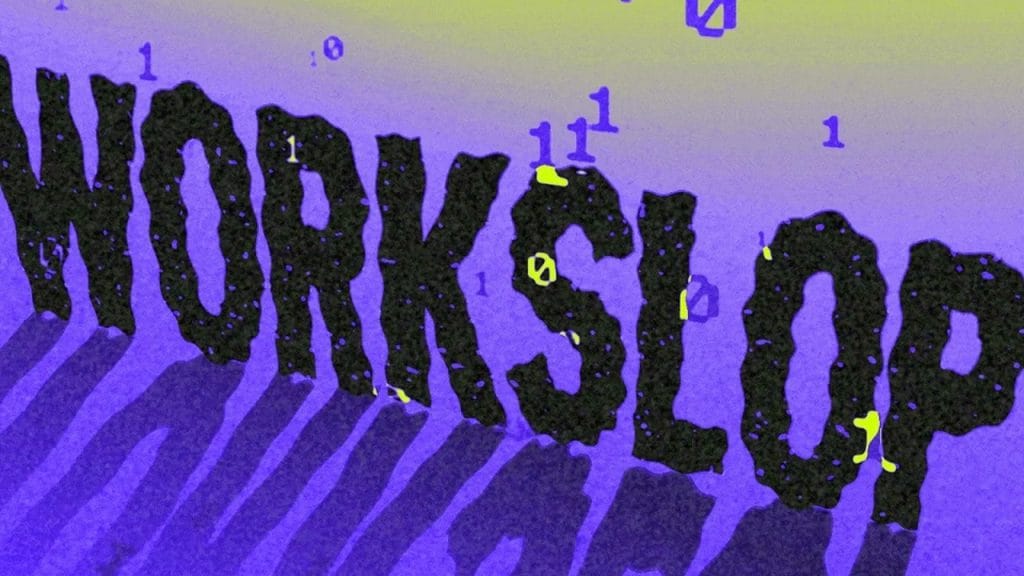In the age of AI, many of us assume that technology is here to make our work faster, smarter, and easier. We imagine a world where emails write themselves, reports are instantly summarized, and presentations practically assemble themselves. But there’s a hidden problem creeping into workplaces across industries—AI workslop. At first glance, AI-generated content may seem polished and professional, yet it often lacks real substance and requires hours of human editing to be useful. If you care about your time, efficiency, and reputation at work, this is an update you’ll want to read carefully.
AI workslop refers to memos, reports, emails, presentations, or other content generated by AI that look professional but fail to deliver real value. It is content that wastes time rather than saving it because employees must review, decode, or rewrite it before it can be applied effectively. A recent study highlighted by Axios surveyed 1,150 U.S. desk workers and found alarming trends: nearly 40 percent of employees reported encountering AI-generated workslop in the past month, and each instance required roughly two hours to correct or clarify. For large organizations, this translates to millions of dollars in lost productivity every year.

The problem is partly human and partly technological. Many employees turn to AI tools to speed up writing tasks without fully understanding how to guide them effectively. The tools generate content that may look coherent, but it is often repetitive, vague, or contextually inappropriate. More concerning, workslop can confuse readers, frustrate colleagues, and even damage professional reputations. In the survey, over half of the respondents said AI-generated content left them feeling annoyed, 38 percent reported confusion, and 22 percent admitted feeling offended.
AI workslop is not limited to one sector. Tech companies frequently encounter AI-generated slide decks and project proposals that need extensive human revision. Health care providers might receive AI-generated patient summaries that miss critical details or contain errors, putting time and patient safety at risk. Even professional services like consulting, law, and finance are not immune. When used without oversight, AI tools can create a situation where employees spend more time fixing errors than actually working.
Why AI Workslop Happens
Overreliance on Automation
Many companies implement AI with the expectation that it will handle tasks autonomously. However, AI is not a replacement for human judgment. It cannot fully grasp context, organizational culture, or nuanced priorities. Overreliance leads to poorly generated content that must be corrected.Insufficient Training
Employees often lack proper guidance on using AI effectively. Without structured training, even well-intentioned employees can produce content that wastes more time than it saves.Pressure to Deliver Quickly
In high-pressure environments, employees may use AI to meet deadlines without reviewing the output thoroughly. This short-term gain often results in long-term inefficiencies.Misaligned Expectations
Managers and employees may assume AI-generated work is final-ready. When it is not, miscommunication and additional workload arise.
The Impact on Workplace Productivity
The consequences of AI workslop are far-reaching:
Time Loss: As mentioned, each instance can consume around two hours of an employee’s time. Over a month, this compounds to significant delays.
Reduced Creativity: Constant reliance on AI to generate ideas can dampen original thinking. Employees may unconsciously defer their creative decisions to the AI tool.
Stress and Frustration: Rewriting or correcting AI output repeatedly can create unnecessary stress and reduce job satisfaction.
Reputation Risk: Sending AI-generated work without reviewing it can make an employee appear careless or unprofessional, especially if errors slip through.
Practical Steps to Combat AI Workslop
While AI workslop may seem unavoidable, there are proven strategies to minimize its impact:
1. Set Clear Standards for AI Content
Organizations should define what constitutes acceptable AI-generated content. Clear guidelines on quality, tone, and structure can reduce the need for excessive human editing. Encourage employees to review every AI draft critically before sharing it externally or internally.
2. Treat AI as an Assistant, Not a Replacement
Use AI to draft, brainstorm, or summarize, but never let it replace critical thinking. AI tools are most effective when they complement human judgment. For instance, instead of generating an entire report, ask AI to summarize key points and then refine it with your expertise.
3. Provide Training and Resources
Training sessions can equip employees with skills to use AI tools effectively. Workshops on prompting techniques, evaluating AI outputs, and avoiding common pitfalls can drastically reduce workslop.
4. Promote Accountability and Feedback Loops
Teams should establish feedback systems for AI-generated content. When colleagues review drafts and provide constructive feedback, the organization cultivates a culture of quality control rather than blind automation.
5. Prioritize Core Tasks for Human Focus
Avoid delegating complex projects entirely to AI. Focus human energy on tasks that require nuanced decision-making, strategic thinking, and creativity, while letting AI handle routine, repetitive work.
Real-World Examples of AI Workslop
Consider a consulting firm that generates client slide decks using AI. While the slides may appear visually professional, the data points are often inconsistent or misinterpreted. Consultants must spend hours correcting mistakes, negating any time saved. Similarly, in marketing departments, AI may draft social media posts that are grammatically correct but fail to capture brand voice or target audience sentiment, requiring human intervention. Even in startups, founders may generate AI-written business plans or investor pitches that lack the personal insight and storytelling needed to impress potential investors.
The Human Element Remains Key
The rise of AI tools does not mean the end of human expertise. On the contrary, employees who combine AI efficiency with human judgment often outperform those who rely solely on automated outputs. AI should be seen as a powerful assistant that can accelerate tasks but not replace strategic thinking. Leaders who understand this balance will be better positioned to harness AI’s benefits while minimizing risks associated with workslop.
Looking Ahead
AI technology is evolving rapidly, and companies must adapt to leverage it effectively. Addressing AI workslop today ensures that organizations maintain productivity, creativity, and workplace satisfaction. By setting clear guidelines, training teams, and using AI strategically, businesses can reduce wasted hours, improve content quality, and maintain professional credibility.
